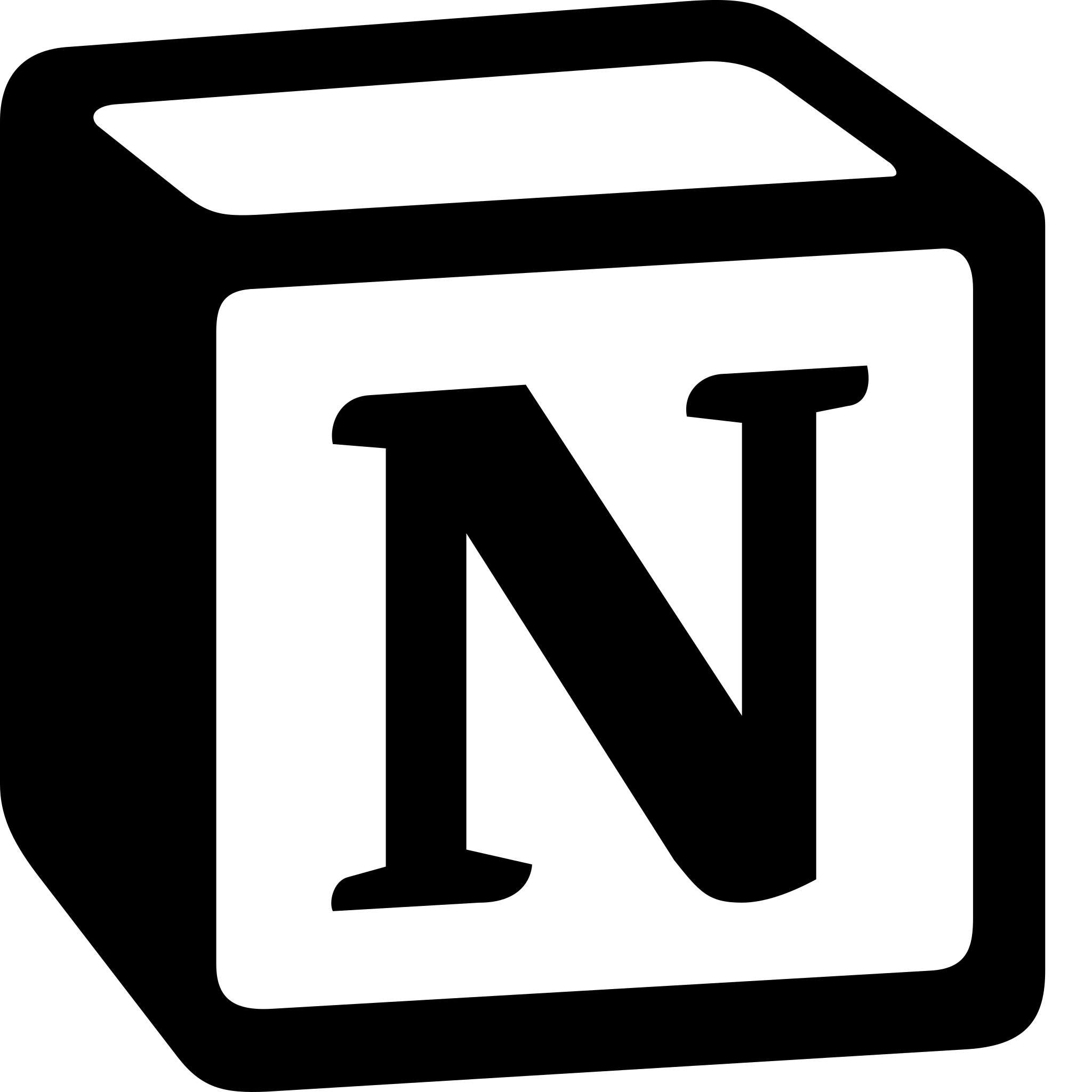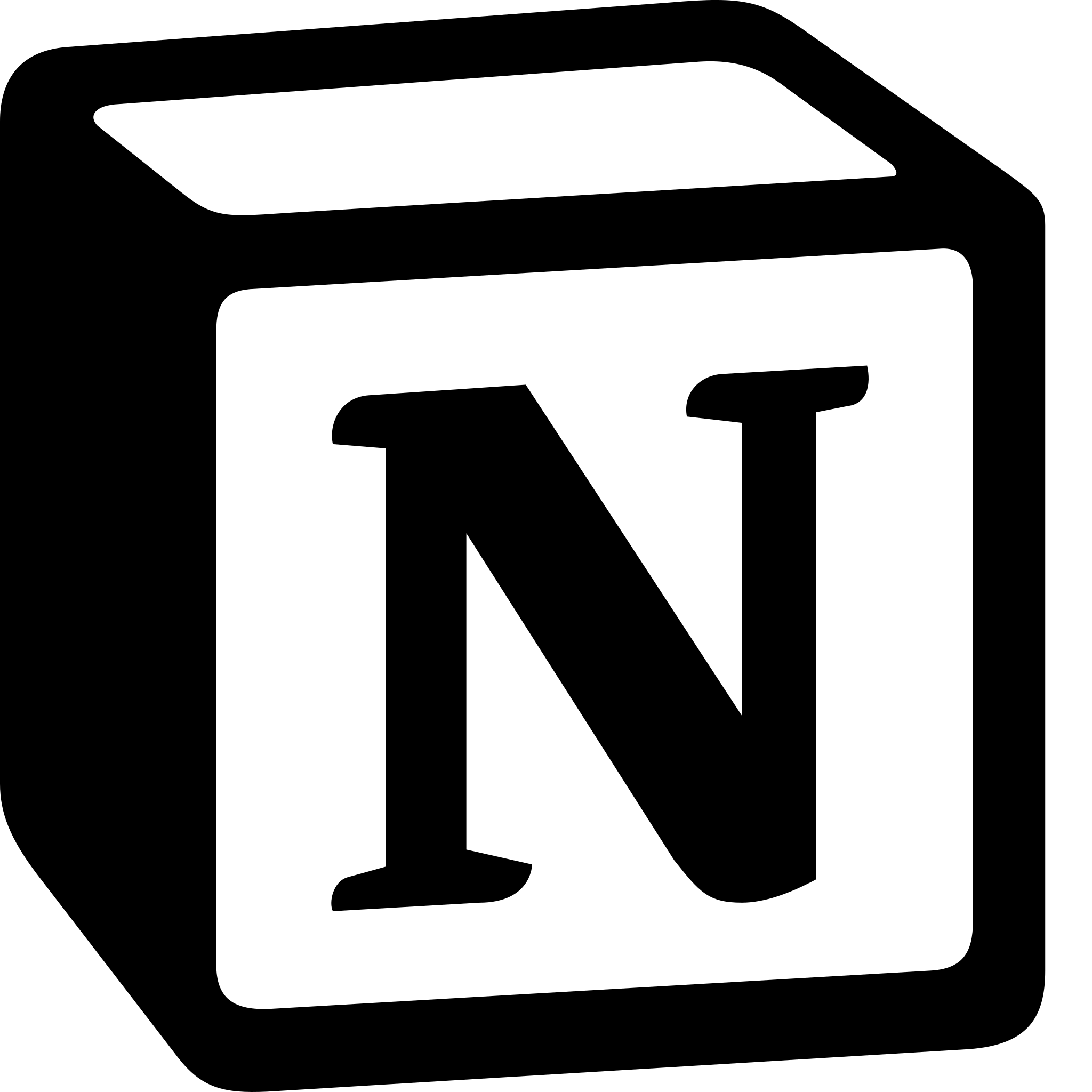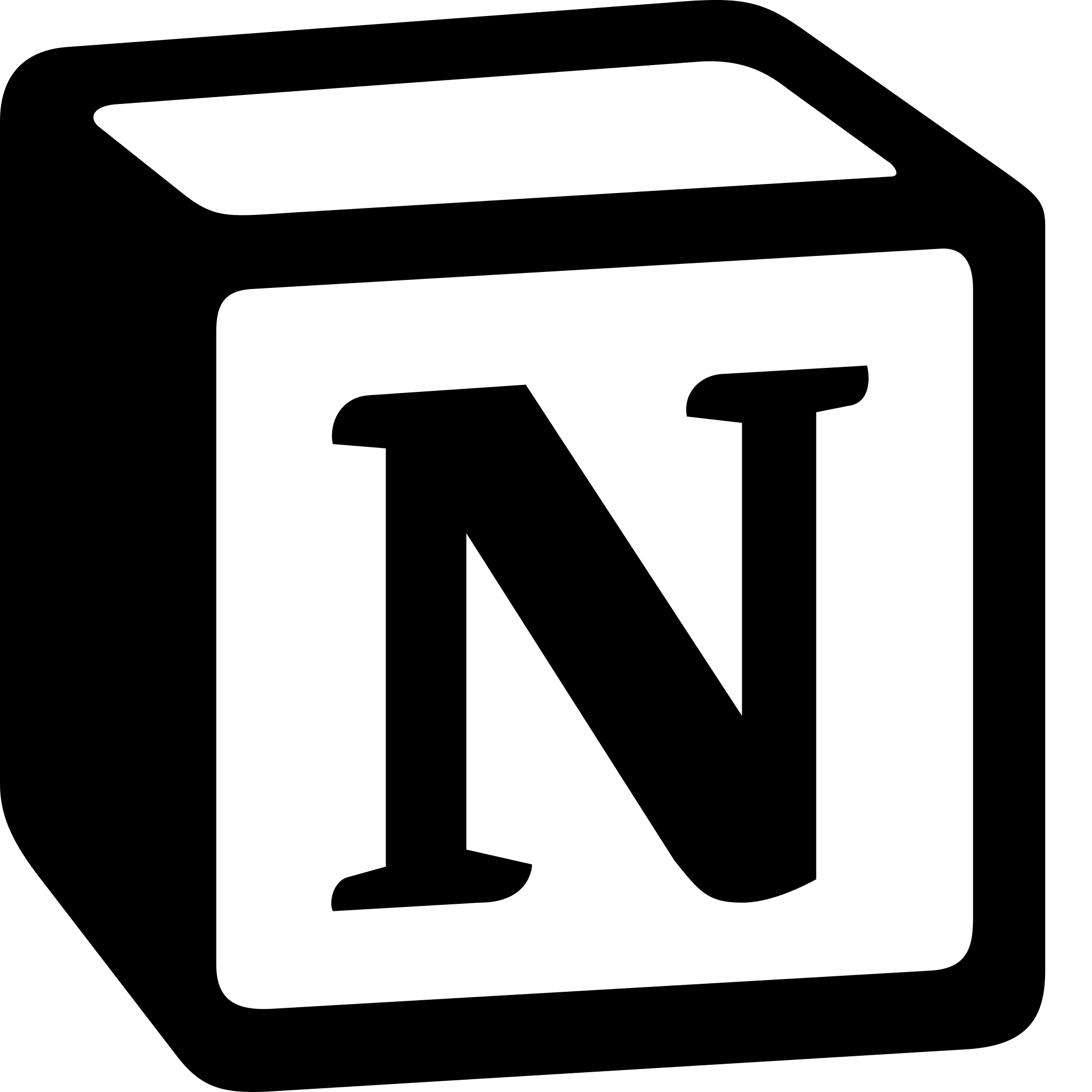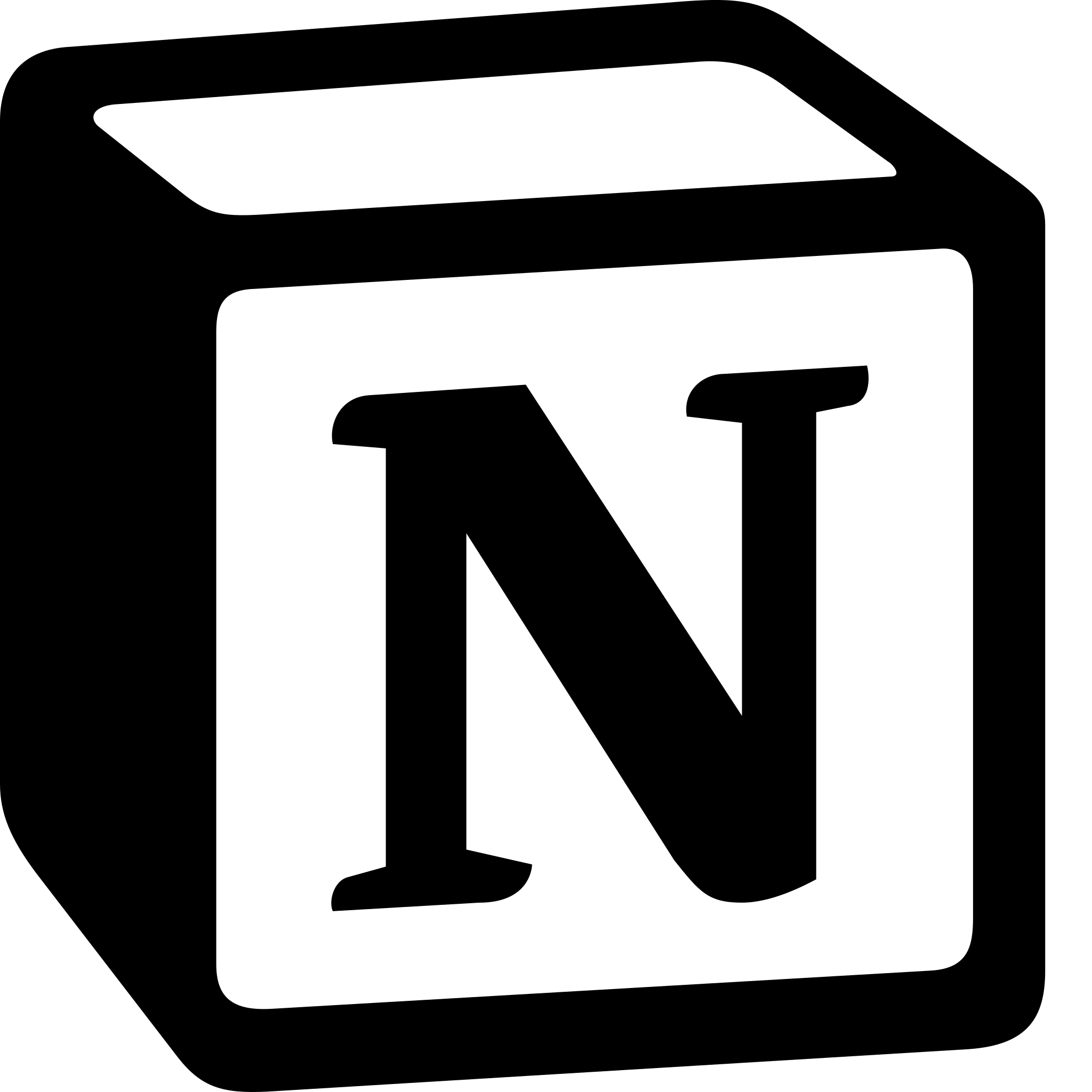How to Create a Dashboard in Notion?
Learn to create a dashboard in Notion. Some steps to create dashboard in Notion are: Determine the purpose> Create a new page> Add content> Customize the layout> Create links> Set up reminders and Test and iterate.

Here are the steps to create a dashboard in Notion:
- Determine the purpose: The first step in creating a dashboard is to determine the purpose. Is it for personal use or team use? What type of information will be included on the dashboard? Answering these questions will help determine the layout and content of the dashboard.
- Create a new page: To create a dashboard, create a new page in Notion. This can be done by clicking on the "New Page" button in the sidebar or by pressing "Command+N" (Mac) or "Control+N" (Windows).
- Add content: Once the page is created, add the necessary content to the dashboard. This can include databases, task lists, calendars, notes, and other types of information. Notion has several built-in templates that can be used to create a dashboard, such as the "Weekly Agenda" or "Team Dashboard" templates.
- Customize the layout: Notion allows users to customize the layout of a page. Users can add columns, resize sections, and rearrange the content to create a visually appealing dashboard. It's important to keep the layout clean and organized to ensure easy navigation and access to information.
- Create links: To make the dashboard more functional, create links to other pages and databases within Notion. For example, link a task list on the dashboard to the full task database. This will allow users to access more detailed information and update the database directly from the dashboard.
- Set up reminders: Notion has a reminders feature that can be used to set reminders for tasks or events. Set up reminders for important tasks or events on the dashboard to ensure they are not overlooked.
- Test and iterate: Once the dashboard is created, test it out and iterate as needed. Get feedback from other users and make changes to improve the design and functionality.
In conclusion, by following these steps, users can create a dashboard that meets their needs and enhances their productivity.


